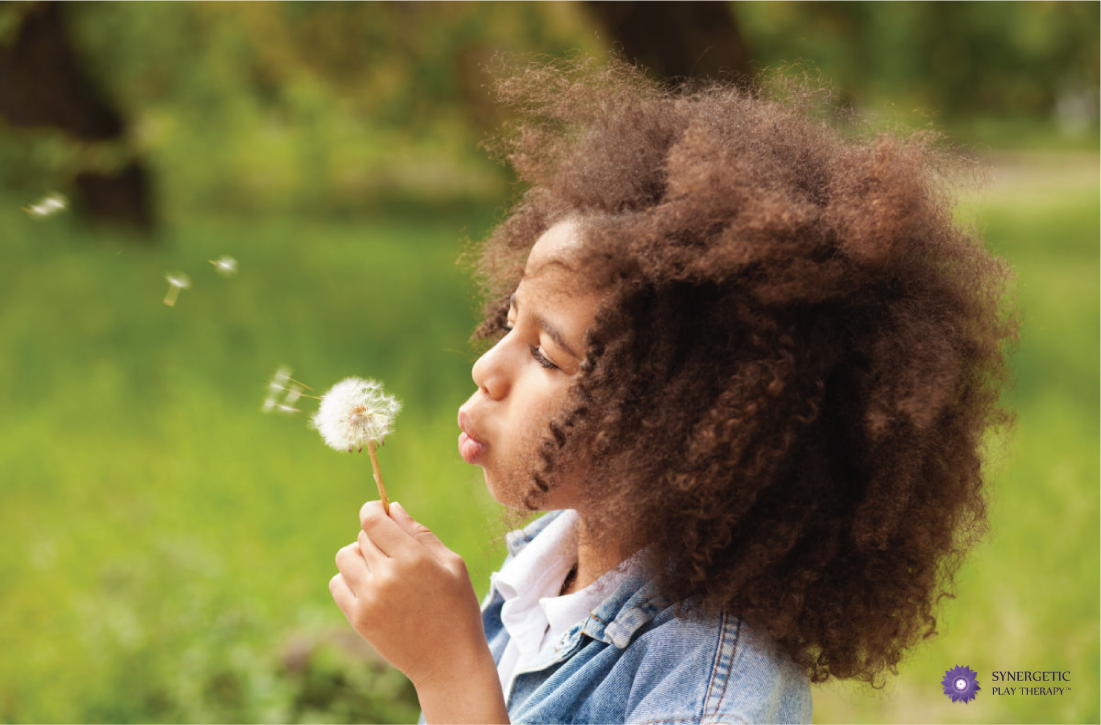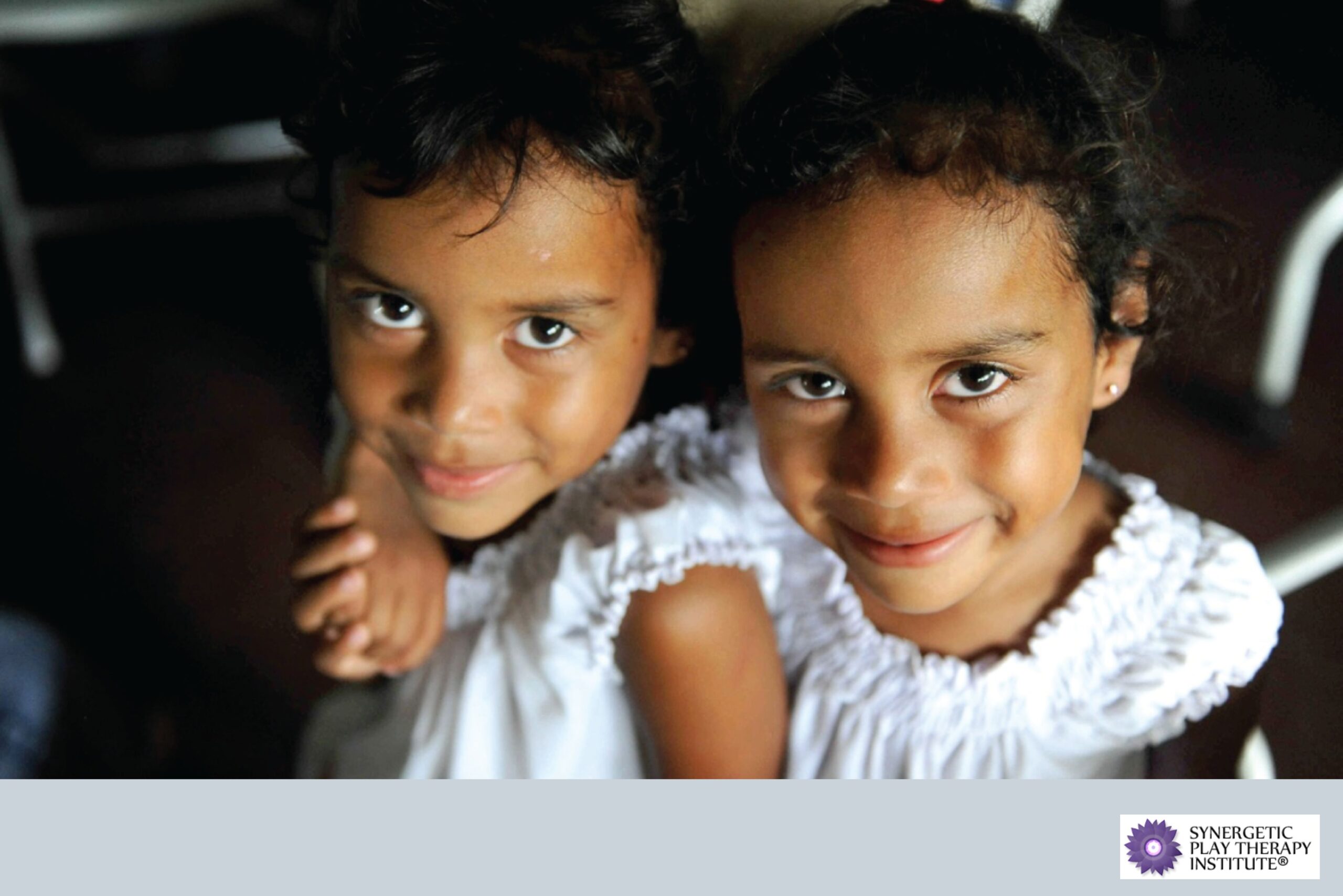By Lisa Dion, LPC, RPT-S
From tree forts to snowball fights, playing outside is a rite of passage for children. They wear skinned elbows, burnt noses, and dirt between their toes like badges of honor. It doesn’t really matter what outside entails – the backyard or a forest, a swimming pool or a puddle – nature nurtures.
In a world driven by technology, it’s easy to forget this – kids these days are more iPad than lily pad. But disconnecting from nature comes at a cost.
Nature-Deficit Disorder
The term “Nature-Deficit Disorder” was coined by Richard Louv back in 2005 – it’s used to describe the increasing chasm between the great outdoors and childhood and how that chasm represents itself in behavioral patterns.
It’s a chasm deep and wide: today’s kids are spending fewer hours outside and fewer hours engaged in play. When they do play, it’s more likely to be structured. In fact, the old “go outside and play” uttered by the peace-and-quiet-seeking parent has now been replaced by technology or other indoor activities. There is little focus on going outside and making up your own adventure as you go along.
But does this come at a cost for kids? Certainly!
From a physical health standpoint, the lack of outside time has increased the rates of childhood obesity; video games will never burn the calories of a game of tag. From a mental health standpoint, the impact is noticeable as well.
In studies conducted at Cornell University, psychologists found that kids who lived near more natural resources had improved cognitive functioning. Children who live in nature are also more resilient to stress and adversity. They’re more inquisitive too: nature begets curiosity.
A propensity for staying indoors can even be damaging to Mother Earth – kids who grow up sheltered from the beauty of the environment are less likely to appreciate it. Thus, they’re less likely to fight to save the planet when they become adults.
Nature as a Co-Facilitator
Nature, it can be argued, is one of the great regulators – it gets us in touch with our roots (literally!), grounding us in the process, it tickles the senses and teaches, and it offers a perspective you’ll never get inside of four walls.
So how can you embrace the helping hand Mother Nature offers? Start by:
Thinking outside the playroom: Play is nothing if not adaptable – it can happen in a tree or on a hike. So many things done indoors can be taken into the sunshine. Yep, even technology.
Bringing nature inside: If going outside doesn’t work, consider bringing the outdoors inside. Several pieces of nature are easily portable. Grab a rock or a pine cone, paint them, or create an art project. Try not to disturb the foliage (grab a fallen leaf rather than plucking one off a tree) – that will help teach children boundaries.
Keeping an open-mind: Even if the great outdoors aren’t so great to you, keep an open-mind and allow children to embrace the experience if they so desire. Bugs may bug you, but – odds are – your kiddo will think they’re fascinating.
Playing a game: Games are a mainstay of growing up, but they go well beyond Monopoly and Memory. From catch to tag, the only game piece required in so much outdoor activity is yourself.
Making time for nature – to run, to explore, to cultivate creativity – is a vital step to creating the well-rounded childhood. Trees, leaves, the warm summer’s breeze all give children the power to embrace new things and explore their senses – so let Mother Nature be your partner. As the weather warms and long days beckon, make a point to take play outside. The results may surprise you.
Interested in credits and courses delivered to your living room? Take a look at all our classes, available on our learning site.






